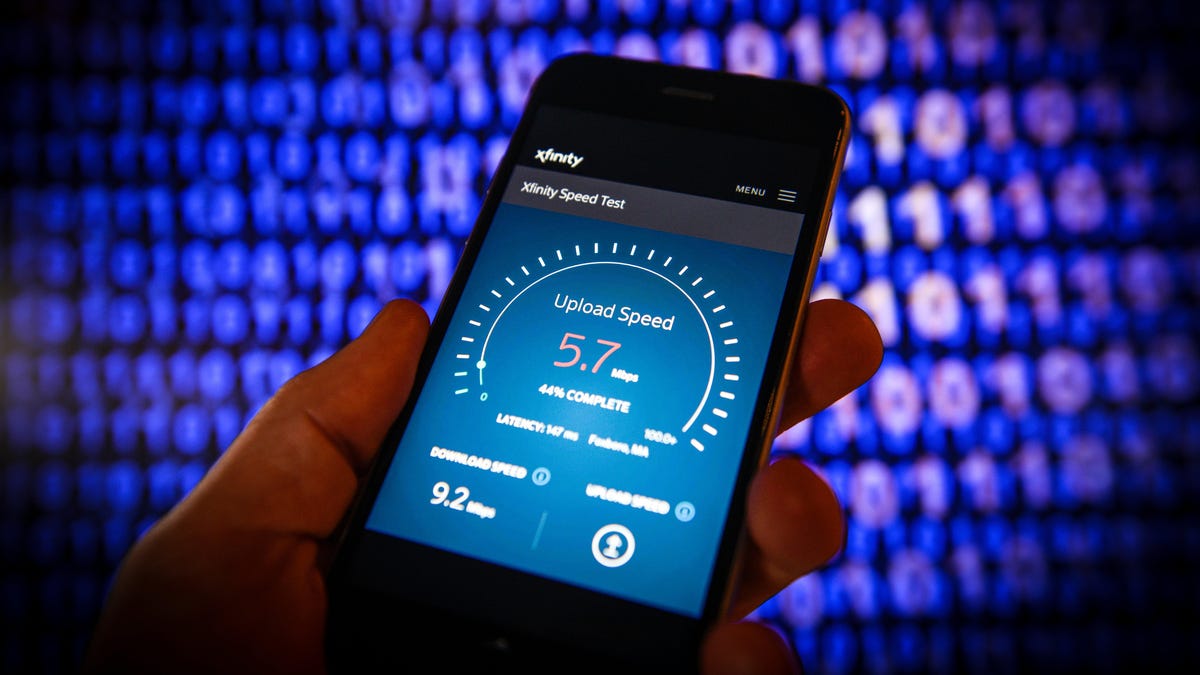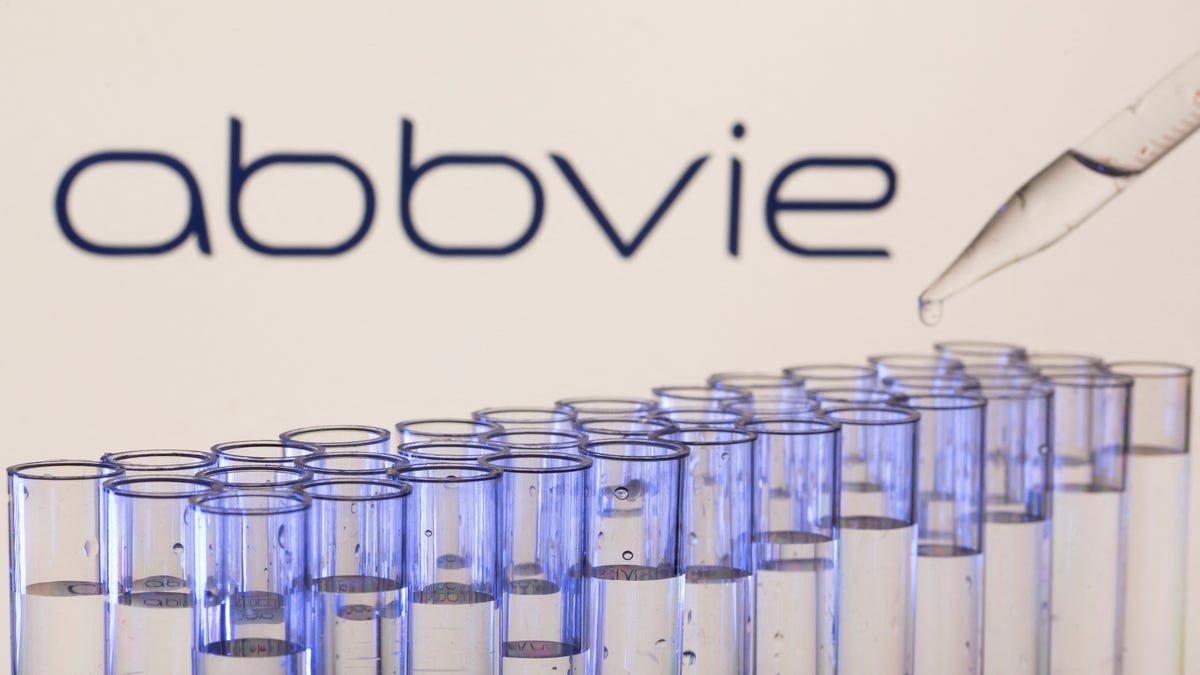Transparency in ISP Billing: The FCC’s New “Nutrition Labels”
As of today, the Federal Communications Commission (FCC) has fully implemented the long-awaited “nutrition labels” for internet service providers (ISPs) with 100,000 or more customers. This initiative aims to increase transparency in billing practices, allowing consumers to have a clear understanding of the costs associated with their internet services. While some major ISPs initially raised concerns about the administrative burden of compiling detailed fee breakdowns, most have already begun publishing this information.
Understanding the ISP “Nutrition Label”
The ISP fact sheet is structured to provide key information about the service plan, pricing, speeds, and additional charges. When reviewing the label, start by identifying the brand name and specific plan details. The pricing section outlines the monthly cost and any early termination fees, offering insights into the overall affordability of the service. It is important to note that additional charges like activation fees may not be included in the monthly price and require separate consideration.
Another critical aspect of the label is the “Speeds Provided with Plan” section, which highlights the download and upload speeds in megabits per second (Mbps). Understanding your household’s internet usage patterns can help determine the appropriate speed tier for your needs. Additionally, some plans may specify data usage limits and charges for exceeding the allocation, emphasizing the importance of data management.
Furthermore, ISPs are required to disclose any practices such as data throttling, prioritization, or blocking that may impact the user experience. By reviewing these details, consumers can make informed decisions based on their preferences and usage requirements.
Benefiting from Discounts and Programs
The nutrition labels also feature information on discounts and bundles offered by ISPs, presenting opportunities for cost savings through service package combinations. Additionally, some labels may include links to the Affordable Connectivity Program, a federal initiative designed to assist low-income individuals with internet expenses.
While the FCC has made strides in promoting transparency through these labels, recent funding cuts have impacted the availability of financial assistance for high-speed internet access. As a result, not all labels may display messages related to aid programs, reflecting broader shifts in government support for broadband initiatives.
Setting Standards for Broadband Speeds
In response to evolving internet usage patterns, the FCC has raised the benchmark for broadband speeds, with new standards requiring a minimum of 100 Mbps download and 20 Mbps upload speeds. Despite these advancements, disparities in broadband access persist, affecting millions of Americans who lack access to high-speed connectivity.
Considering factors like latency, which can influence real-time applications such as online gaming and video calls, consumers must evaluate various performance indicators to select the most suitable internet service for their needs. By leveraging the information provided in the ISP nutrition labels, individuals can make well-informed decisions about their internet subscriptions.
Image/Photo credit: source url





